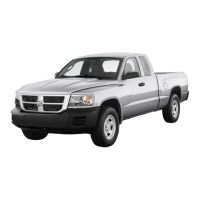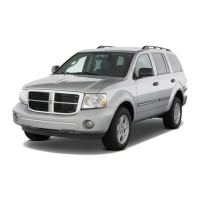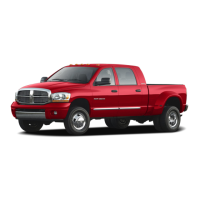
Do you have a question about the Dodge 2008 Viper and is the answer not in the manual?
| Brand | Dodge |
|---|---|
| Model | 2008 Viper |
| Category | Automobile |
| Language | English |
Guidance on navigating the owner's manual for information.
Critical safety information and warnings to prevent injury or vehicle damage.
Details on locating and understanding the vehicle's unique VIN.
Warnings about potential safety and roadworthiness issues from vehicle modifications.
Information on vehicle keys, key codes, and ignition operation.
Explains the vehicle's security system, arming, disarming, and rearming procedures.
Instructions for using the remote keyless entry system to lock/unlock doors and access features.
Essential information on seat belts, airbags, and proper usage for passenger safety.
Step-by-step guide for lowering and raising the convertible top safely.
Instructions for adjusting interior and exterior rearview mirrors for optimal visibility.
Details on exterior and interior lighting controls, including headlights, fog lights, and turn signals.
Operation of windshield wipers, washers, and related features for visibility.
Overview of the vehicle's instrument panel components and their functions.
Explanation of speedometer, odometer, and the LCD panel messages.
Detailed explanation of various dashboard gauges and warning lights.
Basic information about radio signals, AM/FM reception, and electrical disturbances.
Essential steps and safety precautions for starting the vehicle's engine.
Detailed instructions for starting the engine under normal conditions.
Safety advice and techniques for driving in adverse weather or low traction conditions.
Guidelines for tire care, markings, sizing, and safety information.
Instructions on using hazard warning flashers for emergencies and visibility.
Steps to take and precautions to reduce overheating risk in various driving conditions.
Information on the TIREFIT kit for sealing tire punctures and usage precautions.
Detailed steps and safety warnings for jump-starting a vehicle with a dead battery.
Visual guide to the engine compartment components and their locations.
Explanation of the OBD II system, its function, and warning lights.
General recommendations for vehicle maintenance and inspection.
Guidance on checking engine oil level, changing oil, and selecting the correct oil.
Importance of maintaining the emission control system for performance and regulations.
Overview of the two maintenance schedules (A and B) based on driving conditions.
Detailed maintenance tasks and intervals for severe or demanding operating conditions.
Detailed maintenance tasks and intervals for normal operating conditions.
Tips for preparing for service appointments and interacting with service advisors.
Information on contacting customer assistance centers for support and issue resolution.
Procedures for reporting vehicle safety defects to NHTSA and manufacturers.











